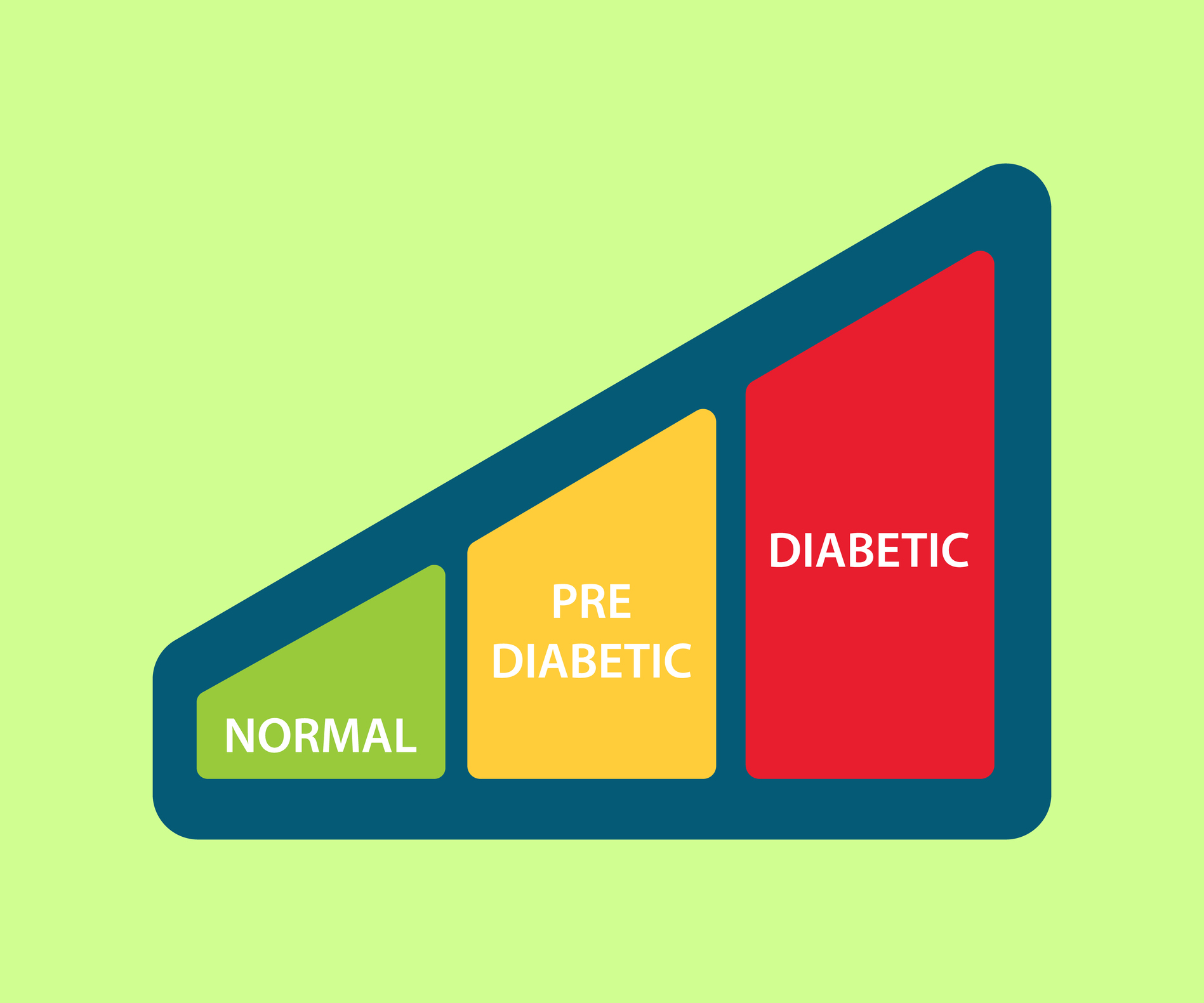
Understanding prediabetes
2 minutes
If you have been diagnosed with prediabetes, you’re far from alone. Roughly 1 out of every 3 Americans—96 million of us—has prediabetes. Although the health condition can be silent, it can pave the way for type 2 diabetes and other complications.
Prediabetes: The inside story
With prediabetes, blood sugar levels are higher than normal, but not high enough to be diagnosed as type 2 diabetes—yet.
Carbohydrates in the food we eat get turned into glucose, or sugar, which is the main fuel for our cells. The pancreas—an organ near the stomach—produces insulin, a hormone that carries glucose into our cells. With prediabetes, your pancreas still produces insulin, but your cells begin to stop responding to it. In turn, your pancreas may pump out extra insulin to try to keep up with the increased blood sugar demands.
Over time, however, this strategy fizzles out. Your pancreas can’t keep up, and your blood sugar rises, hovering at a level that’s higher than normal. Fasting blood sugar levels between 100 and 125 mg/dL might signal prediabetes, but your medical provider should make that determination. Prediabetes can set the stage for type 2 diabetes, heart disease and stroke.
Defeat prediabetes
The good news? Having prediabetes is a chance to reverse course by making lifestyle changes. These three important steps may help prevent or delay prediabetes from developing into type 2 diabetes:
1. Tweak your diet. Eating a healthy diet can help you keep your blood sugar in check. The time is ripe to eat plenty of fresh fruits and vegetables and fiber-rich whole grains, such as oatmeal and brown rice, and to limit sweets and sugary foods and beverages.
2. Guard against weight gain. If you’re overweight, shedding as little as 5% to 7% of your body weight—that’s just 10 to 14 pounds if your starting weight is 200 pounds, for example—can make a big difference in managing blood sugar.
3. Take action. Physical activity helps lower blood glucose. Try to exercise at least 150 minutes per week—that’s just 30 minutes per day, five times a week. You can raise your heart rate with brisk walking or something similar.
Change can be challenging
Work with your medical provider to create a prediabetes management plan that can help you make these healthy lifestyle changes stick. Contact your medical provider if your condition worsens.
Sources: American Heart Association; Centers for Disease Control and Prevention; National Institutes of Health



